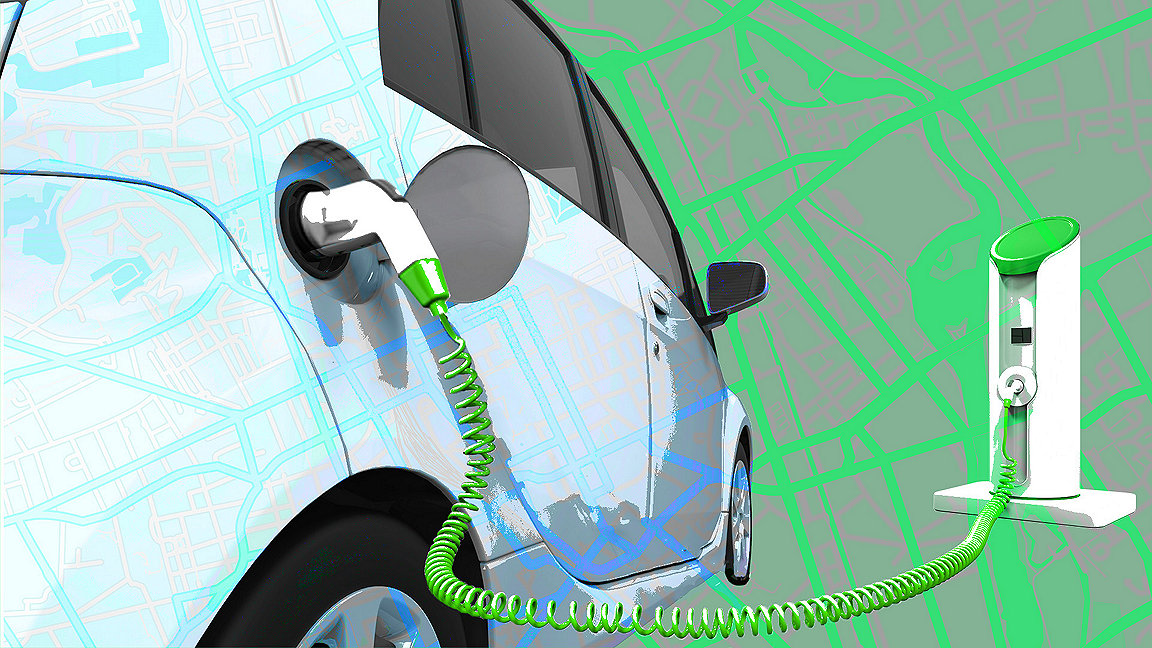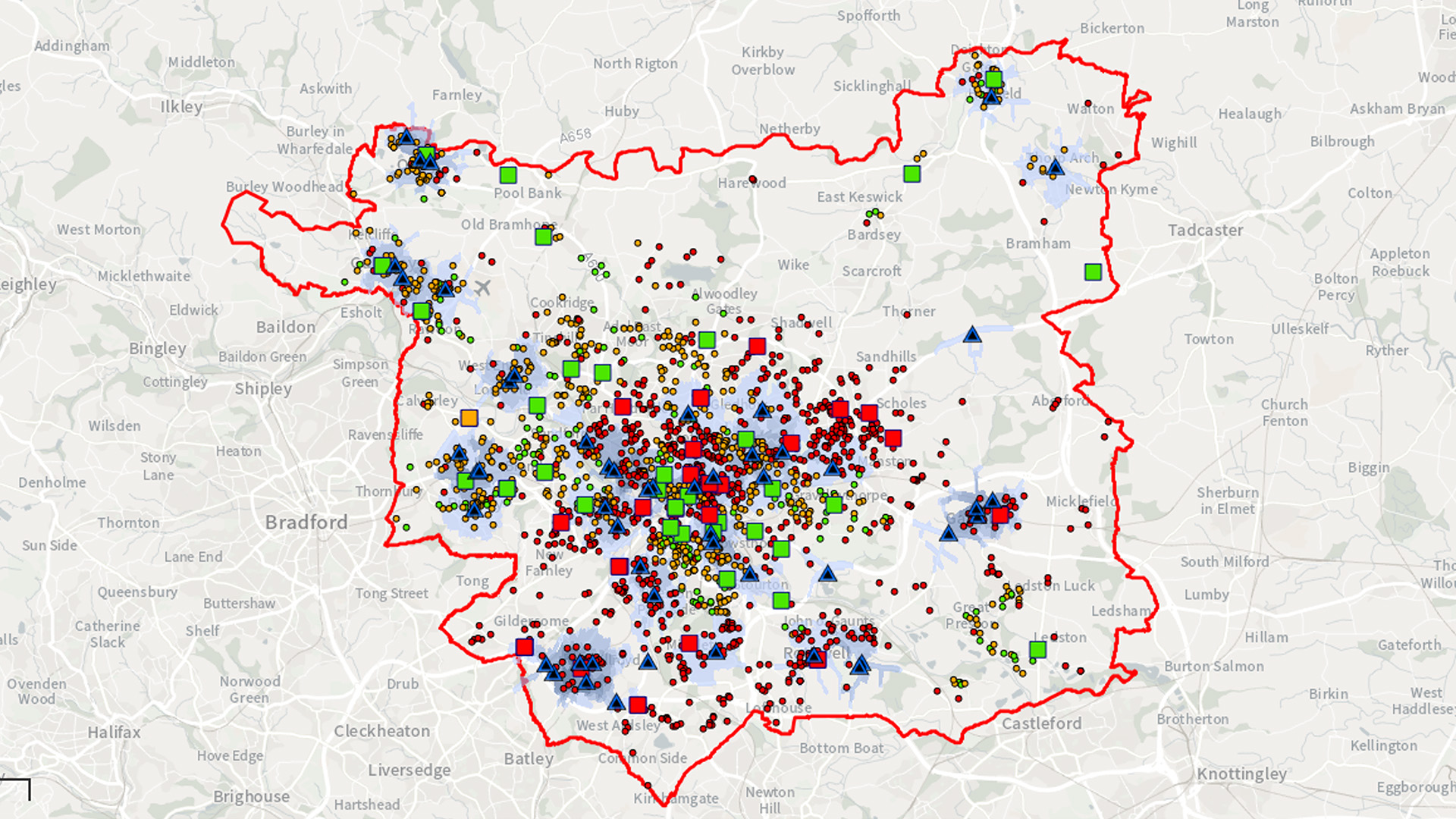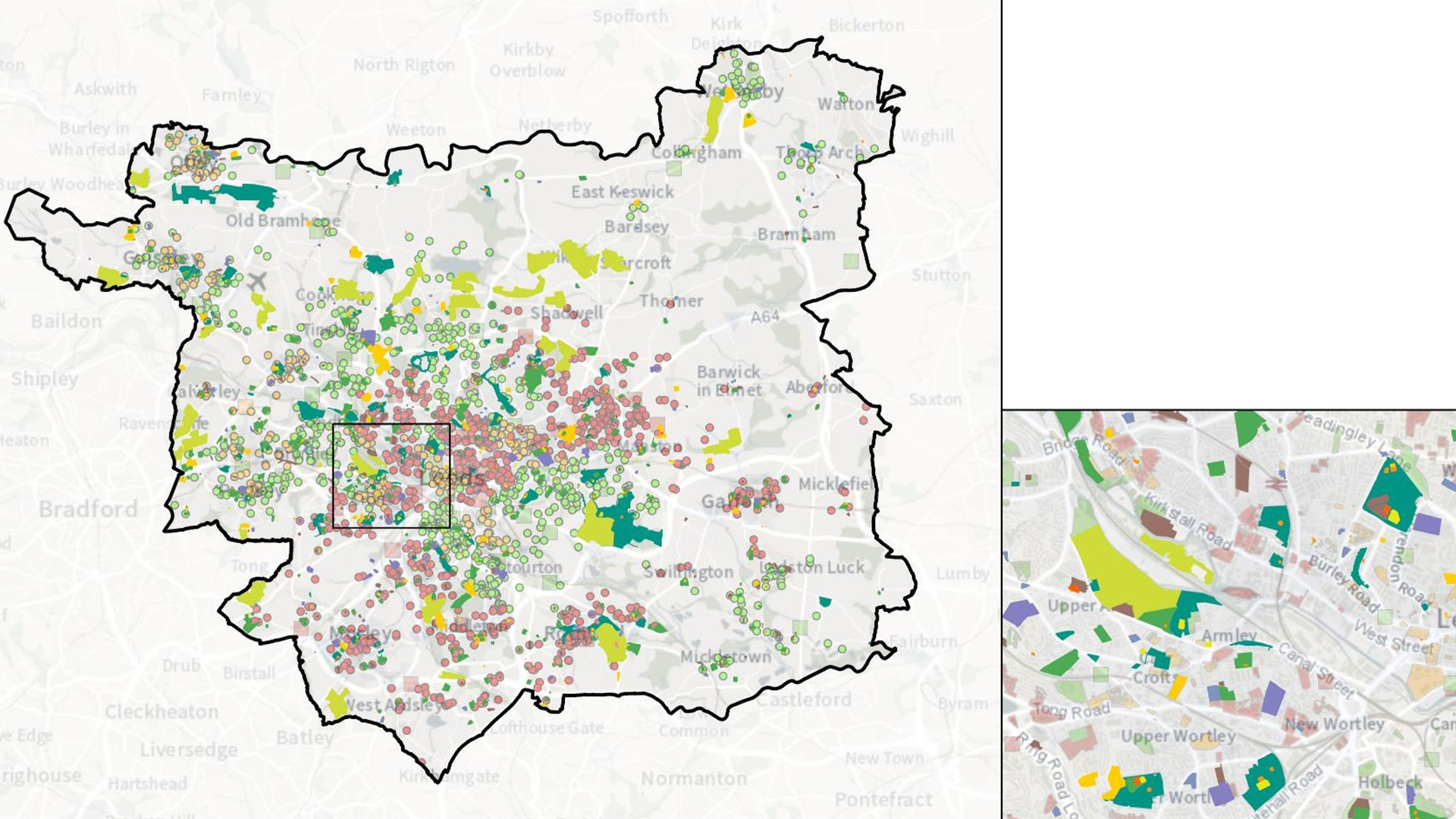
Electric vehicles are the future of car ownership but without adequate charging infrastructure, there will always be those who doubt their practicality. That’s why planning and building the vast amount of charging infrastructure the world needs for electric vehicles (EVs) is a hugely important challenge.
It was precisely this challenge that was given to participants at a two-day hackathon run by the UK’s Ordnance Survey (OS), which provides national mapping services. Teams from the public and private sector, as well as tech start-ups came together in the ‘OS Map & Hack’ to overcome problems such as: where charge points should be developed; how to attract more non-EV owners; and how EV infrastructure can be deployed in remote communities.
The winning idea was an EV Charging Site Planner app created by design consultancy Arcadis. The app had local authorities and private developers in mind, identifying suitable locations for installing EV charging points. The app assesses potential charging point sites, then pinpoints them as red, amber and green dots on a map to show the best locations.
Carly Morris, head of Geovation at OS, is one of the judges who assessed the entries put forward in the online hackathon. Modus spoke to Morris to find out more about the winning idea and what the day revealed to her about the task of getting entire countries EV-ready.
What were you looking for in a winning entry at the hackathon?
One of the key things was how the team had used OS data in their solution. How many data sets they used and whether they used the data creatively. Personally, I was looking for the human impact of the solution. I’m always interested in the way that any technology improves lives for its users – that human element. From my point of view, that’s why technology exists in the first place.
What made the Arcadis entry stand out?
It was the different data points they’d used to create the assessment of what a suitable site for an EV charger would be. They hadn’t just thought about where to put the EV chargers in relation to population, but they’d thought about the proximity to existing EV infrastructure – because you don’t want too many chargers too close together. They had thought about driving times to get to EV chargers, land ownership and amenities. If you’re charging your car for 30 minutes or an hour are there green spaces or parks you can go for a walk around, are there facilities you can access nearby?
I really appreciated the creativity they put into their design but also the focus on user experience. There was also one team that looked at the availability of toilets near to EV charging point sites they were suggesting. That kind of thing is very easily overlooked but I really appreciated the fact they had found other data sources to think about the human element.

“If you’re charging your car for an hour are there green spaces or parks you can go for a walk around?” Carly Morris, Ordnance Survey
Did any of the entries surprise you or make you think differently about the challenges of EV charging?
One thing I was less aware of when it came to EV charging was the concept of levelling up rural communities – how they are served by EV infrastructure and how easy it’s going to be for them to adopt EV technology.
There was an entry from the team at energy regulator Ofgem, called Plonkers, which looked at creating a prototype app that focused on a rural community in Scotland. Its aim was to pinpoint where the best places in that community are to ‘plonk’ EV chargers, using different OS data sources and linking it to things like tourist hotspots and caravan parks that might be prevalent in the area.
Could all the entries be put into practice tomorrow if the funding was there?
Absolutely, in fact I was pleased to hear that one of the teams, from the Department for Transport, was planning to launch their prototype that very night after the hackathon, making it accessible for anyone that wanted to test it and give it a go.
I read a report from Deloitte which estimated the cost of building the network of charging infrastructure in the UK is going to cost about £18bn. That’s a huge amount and it’s not just going to come from government, it’s going to come from the public and private sector. That’s why both entrepreneurialism and the growth of business in the sector is really important.
“When you clear your mind, your calendar and your inbox, it’s amazing what you can achieve in a short space of time” Carly Morris, Ordnance Survey
What made a two-day hackathon the ideal format for this event?
In innovation, speed is everything, you need to fail fast. Hackathons allow teams from different sectors to test things quickly, to see what’s working. When you clear your mind, your calendar and your inbox and escape from the stresses and distractions of everyday life, it’s amazing what you can achieve in a short space of time. It made me feel quite bad about what I’d achieved in the previous two days!




